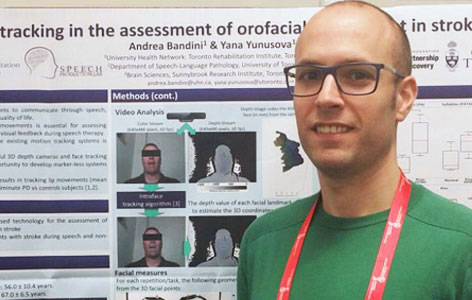
Conference Details: 2017 Canadian Stroke Congress, September 9-11, 2017, Calgary, Alberta, Canada
Conference Highlight: The Canadian Stroke Congress is one of the largest and most comprehensive conferences in Canada on stroke research. It was established to disseminate evidence-based practices and research; provide networking opportunities for trainees and experts; highlight novel Canadian achievements in the field of stroke prevention, treatment and rehabilitation; and improve upon the standard of care practices in stroke.
Conference Summary: The research featured at the 2017 Canadian Stroke Congress was divided into five themes: Acute/Prevention/Primary Care; Basic Biomedical; Health Systems; Nursing; and Rehabilitation. From the multitude of abstracts presented during the conference, attendees learned about the novel developments in the field of stroke rehabilitation. In particular, the application of new technologies in stroke rehabilitation is constantly increasing. Two examples of these technologies are: robots/exoskeletons and the design of computerized methods for tele-rehabilitation.
Several research findings investigated the efficacy and the usefulness of robots for the assessment and treatment of motor impairment in patients post-stroke. Interesting findings were presented by Simmatis et al. (2017). The authors demonstrated that in case of transient ischemic attack (TIA) and minor stroke, where the resolution of symptoms is usually fast, the quantitative assessment of limb movements performed with a robotic exoskeleton highlighted sensory, cognitive and motor impairments even after 6 weeks after the event. In general, the works presented at the conference agreed that robotic techniques can be useful for recovery and assessment of motor impairment and in the near future they may be used for more personalized and targeted therapy (Resnick et al., 2017).
Another interesting application of technology development was of video-games and software for stroke rehabilitation. Specifically, game-based augmented visual feedback was used by Yunusova et al. (2017) in the treatment of apraxia of speech. Also, preliminary results were presented by Pooyania et al. (2017) on the use of a tele-rehabilitation platform for hand-arm therapy. The development of computerized and intelligent methods for rehabilitation will allow, in the near future, rehabilitation to occur at home, which will drastically improve accessibility and affordability of these therapies for most of the patients.




